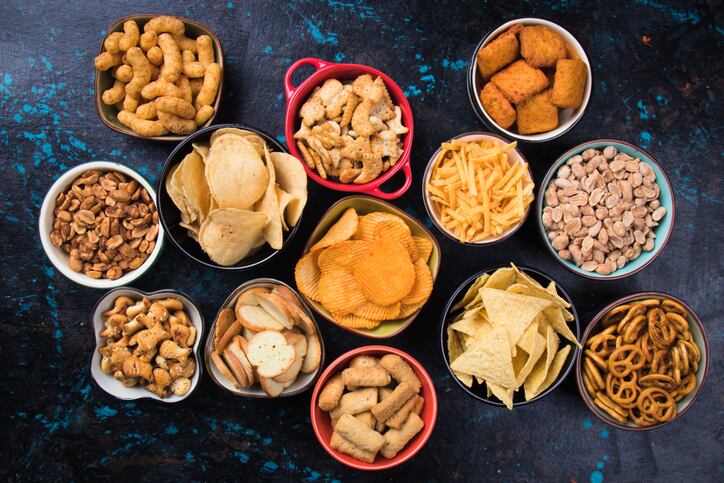Sebastian Emig, Director General, European Snacks Association, told the FoodNavigator 2021 Digital Summit: Positive Nutrition that the trend of snackification has increased the number of consumers looking for healthier snacks. "More than half of consumers aged 16-24 years old snack at least once a day,” he said. That rises to three out of four in Italy and the UK. “There is a very strong trend that people are looking for healthier snacks and our members are looking to respond to that very strong trend,” he added.
The European Snacks Association acts for 200 member companies in 40 countries and represents 80% of the branded savoury snack companies in Europe.
Healthy vs unhealthy diets
The association, however, disagrees with the terminology of 'unhealthy food’, explained Emig. It is of the view that there are no healthy or unhealthy foods: if a food would be considered unhealthy it wouldn't be on the market, it believes.
"We support the term 'healthy and unhealthy diet', where a healthy one is a balanced diet combined with a healthy lifestyle and food and beverage consumption in moderation,” explained Emig.
Despite this, he noted there is strong growth potential for snacks with less fat, salt and sugar content, and the ESA’s members are responding via reformulation and innovation.
“Looking at the last two to three decades, the savoury snacks industry, especially in Europe, has very strong success stories in terms of salt and saturated fat content,” he said.
In the UK, for example, savoury snack manufacturers voluntarily reduced the amount of salt in crisps by over 53% between 1990 and 2019. New technologies and ingredients such as vegetables with more unsaturated fats have also helped reduce saturated fat levels up to 60% in the final product, Emig told the event.
But he added it is now getting more difficult to cut salt and fat content without risking products becoming off-putting to consumers in terms of taste and texture.
“Cutting salt and fat gradually, called the health by stealth approach, can allow people's palates to adapt to the reduction,” he noted. “This has allowed consumers to continue enjoying these products, but with a healthier composition of nutrients.”
But cutting any more runs the risk of producing products without a “wow” factor “that consumers aren't going to be happy about”. He added: “Having had such a strong track record in bringing down salt and fat, it's getting more difficult to reduce more. The sector is reaching its limits in terms of technology.”
As such, ESA members have invested large amounts over the last couple of years in snacks with high multigrain content, vegetable snacks and bean and pulse-based snacks. "Overall, these have had good uptake although it's still at small levels,” said Emig. “There is growing interest. Most of these products have a healthier composition in comparison to regular snacks. Lentil-based snacks have an average 40% less fat than regular crisps and a 13% protein content. This is something our members are going to look into further if there's good uptake.”
There might be a place for insect snacks in this segment too, he added, with the prospect of insect powder or flour being introduced into savoury snacks. Outside Europe, insects are a staple, he said. They are also of interest to Western food makers for their low carbon footprint, high protein content and lower land and water use requirements.
Health benefits of nut consumption
Another area of excitement is nuts. Snack nuts consumption rose 70% a year between 2009 and 2018, according to Nielson data, as consumers seek high nutritional value snacks and simple ingredients lists.
"There is a huge variety and there is huge request especially from the elderly generation because of the health benefits,” said Emig. "Their positive nutrient content is extremely high, with a high protein and high energy so it's a perfect snack in that sense.”
He added that protein’s status as hunger filler and a longer-lasting energy source mean it will remain a hot trend in portable snacks. "The Netherlands, Spain and Germany are among the biggest snacks nuts consumers in Europe."
Missed any of the FoodNavigator Digital Summit 2021: Positive Nutrition? Don't worry, you can still access all of our sessions and handouts, which will be available on-demand for the next 90 days. Click here to REGISTER FOR FREE.


